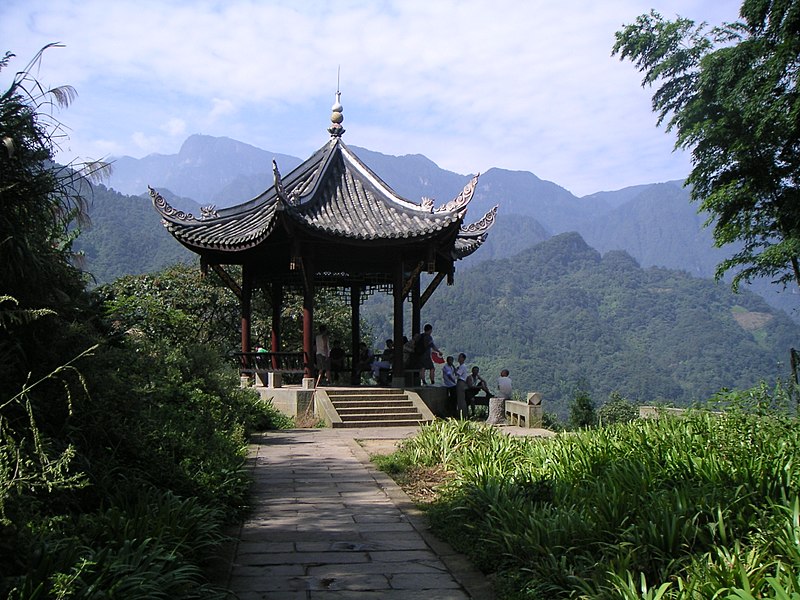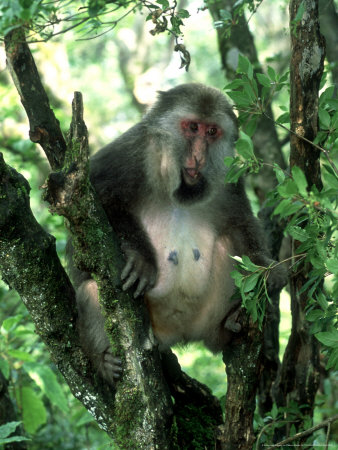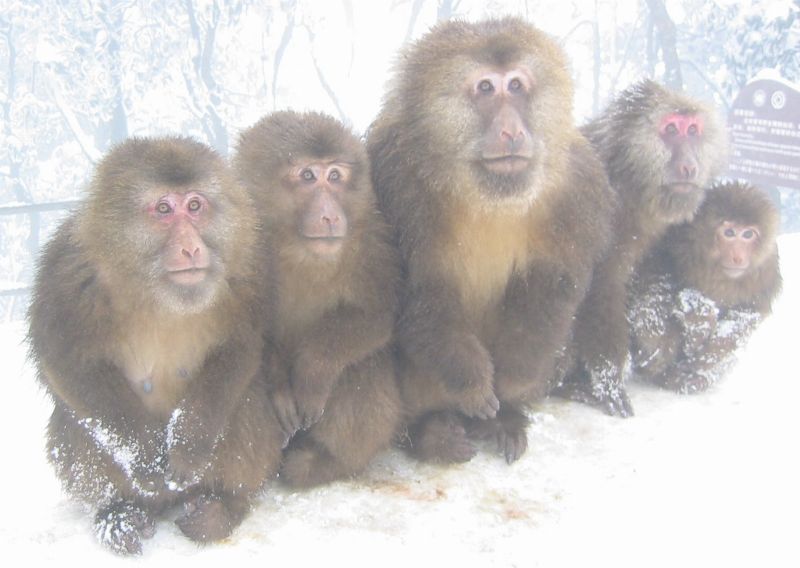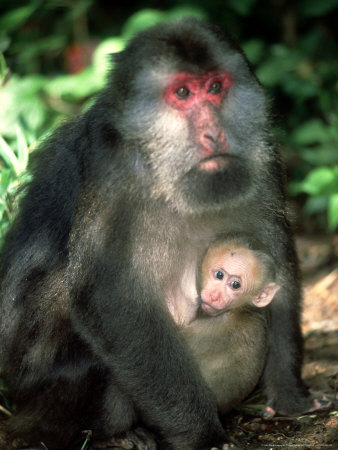“The human mind is not capable of grasping the Universe. We are like a little child entering a huge library. The walls are covered to the ceilings with books in many different tongues. The child knows that someone must have written these books.
“It does not know who or how. It does not understand the languages in which they are written. But the child notes a definite plan in the arrangement of the books – a mysterious order which it does not comprehend, but only dimly suspects.”
Albert Einstein
“The statistical probability that organic structures and the most precisely harmonized reactions that typify living organisms would be generated by accident, is zero.”
- Ilya Prigogine (Chemist-Physicist)
Recipient of two Nobel Prizes in chemistry
I. Prigogine, N. Gregair, A. Babbyabtz, Physics Today 25, pp. 23-28
“The really amazing thing is not that life on Earth is balanced on a knife-edge, but that the entire universe is balanced on a knife-edge, and would be total chaos if any of the natural ‘constants’ were off even slightly. You see,” Davies adds, “even if you dismiss man as a chance happening, the fact remains that the universe seems unreasonably suited to the existence of life — almost contrived — you might say a ‘put-up job’.”
- Dr. Paul Davies (noted author and Professor
of Theoretical Physics at Adelaide University)
“…how surprising it is that the laws of nature and the initial conditions of the universe should allow for the existence of beings who could observe it. Life as we know it would be impossible if any one of several physical quantities had slightly different values.”
- Professor Steven Weinberg
(Nobel Laureate in High Energy Physics,
writing in the journal “Scientific American”.)
“This most beautiful system of the sun, planets and comets, could only proceed from the counsel and dominion of an intelligent and powerful Being.”
- Isaac Newton
(“General Scholium,” in Mathematical Principles of Natural Philosophy, 1687)
16O has exactly the right nuclear energy level either to prevent all the carbon from turning into oxygen or to facilitate sufficient production of 16O for life. Fred Hoyle, who discovered these coincidences in 1953, concluded that “a superintellect has monkeyed with physics, as well as with chemistry and biology.”
- Hoyle, Fred. “The Universe: Past and Present Reflections,”
in Annual Review of Astronomy and Astrophysics, 20. (1982), p.16
“I find it quite improbable that such order came out of chaos. There has to be some organizing principle. God to me is a mystery but is the explanation for the miracle of existence, why there is something instead of nothing.”
- Alan Sandage (winner of the Crawford prize in astronomy)
Willford, J.N. March 12, 1991. Sizing up the Cosmos: An Astronomers Quest. New York Times, p. B9.
“Amazing fine tuning occurs in the laws that make this [complexity] possible. Realization of the complexity of what is accomplished makes it very difficult not to use the word ‘miraculous’ without taking a stand as to the ontological status of the word.”
- George Ellis (British astrophysicist)
Ellis, G.F.R. 1993. The Anthropic Principle: Laws and Environments.
The Anthropic Principle, F. Bertola and U.Curi, ed. New York, Cambridge University Press, p. 30
“We are, by astronomical standards, a pampered, cosseted, cherished group of creatures.. .. If the Universe had not been made with the most exacting precision we could never have come into existence. It is my view that these circumstances indicate the universe was created for man to live in.”
- John O’Keefe (astronomer at NASA)
Heeren, F. 1995. Show Me God. Wheeling, IL, Searchlight Publications, p. 200.
“Astronomy leads us to a unique event, a universe which was created out of nothing, one with the very delicate balance needed to provide exactly the conditions required to permit life, and one which has an underlying (one might say ‘supernatural’) plan.”
- Arno Penzias (Nobel prize in physics)
Margenau, H and R.A. Varghese, ed. 1992. Cosmos, Bios, and Theos. La Salle, IL, Open Court, p. 83.
“It is, for example, impossible for evolution to account for the fact than one single cell can carry more data than all the volumes of the Encyclopedia Britannica put together.”
“It now seems to me that the findings of more than fifty years of DNA research have provided materials for a new and enormously powerful argument to design.”
- Anthony Flew
Professor of Philosophy, former atheist, author, and debater
As we survey all the evidence, the thought insistently arises that some supernatural agency—or, rather, Agency—must be involved. Is it possible that suddenly, without intending to, we have stumbled upon scientific proof of the existence of a Supreme Being? Was it God who stepped in and so providentially crafted the cosmos for our benefit?
George Greenstein (American astronomer)
Greenstein, George. The Symbiotic, Universe: Life and Mind in the Cosmos.
(New York: William Morrow, (1988), pp. 26-27
“What turns a mere piece of matter from being mere matter into an animated being? What gives certain special physical patterns in the universe the mysterious privilege of feeling sensations and having experiences?”
- D.R. Hofstadter
“When I began my career as a cosmologist some twenty years ago, I was a convinced atheist. I never in my wildest dreams imagined that one day I would be writing a book purporting to show that the central claims of Judeo-Christian theology are in fact true, that these claims are straightforward deductions of the laws of physics as we now understand them. I have been forced into these conclusions by the inexorable logic of my own special branch of physics.”
- Frank Tipler (Professor of Mathematical Physics)
Tipler, F.J. 1994. The Physics Of Immortality. New York, Doubleday, Preface.
“A life-giving factor lies at the centre of the whole machinery and design of the world.”
- John Wheeler (American physicist)
Wheeler, John A. “Foreword,” in The Anthropic Cosmological Principle by John D. Barrow and Frank J. Tipler. (Oxford, U. K.: Clarendon Press, 1986), p. vii
“Astronomy leads us to a unique event, a universe which was created out of nothing and delicately balanced to provide exactly the conditions required to support life. In the absence of an absurdly-improbable accident, the observations of modern science seem to suggest an underlying, one might say, supernatural plan.”
- Nobel Laureate Arno Penzias, co-discoverer of the radiation afterglow
(Quoted in Walter Bradley, “The ‘Just-so’ Universe: The Fine-Tuning of Constants and Conditions in the Cosmos,”
in William Dembski and James Kushiner, eds., Signs of Intelligence. 168)
“We go about our daily lives understanding almost nothing of the world. We give little thought to the machinery that generates the sunlight that makes life possible, to the gravity that glues us to an Earth that would otherwise send us spinning off into space, or to the atoms of which we are made and on whose stability we fundamentally depend. Except for children (who don’t know enough not to ask the important questions), few of us spend much time wondering why nature is the way it is; where the cosmos came from, or whether it was always here; if time will one day flow backward and effects precede causes; or whether there are ultimate limits to what humans can know.”
- Carl Sagan
(From an introduction to “A Brief History of Time” by Stephen Hawking)
“This is an exceedingly strange development, unexpected by all but the theologians. They have always accepted the word of the Bible: In the beginning God created heaven and earth… [But] for the scientist who has lived by his faith in the power of reason, the story ends like a bad dream. He has scaled the mountains of ignorance; he is about to conquer the highest peak; [and] as he pulls himself over the final rock, he is greeted by a band of theologians who have been sitting there for centuries.”
- Robert Jastrow
(God and the Astronomers [New York: W.W. Norton and Co., 1978], 116.
Professor Jastrow was the founder of NASA’s Goddard Institute,
now director of the Mount Wilson Institute and its observatory.)
“As we survey all the evidence, the thought insistently arises that some supernatural agency – or, rather, Agency – must be involved. Is it possible that suddenly, without intending to, we have stumbled upon scientific proof of the existence of a Supreme Being? Was it God who stepped in and so providentially crafted the cosmos for our benefit?”
- George Greenstein (astronomer)
Greenstein, G. 1988. The Symbiotic Universe. New York: William Morrow, p.27.
“I had motives for not wanting the world to have meaning; consequently assumed that it had none, and was able without any difficulty to find satisfying reasons for this assumption … For myself, as no doubt, for most of my contemporaries, the philosophy of meaninglessness was essentially an instrument of liberation. The liberation we desired was simultaneous liberation from a certain political and economic system, and liberation from a certain system of morality. We objected to the morality because it interfered with our sexual freedom.”
- Aldous Huxley (REPORT, June 1966.) “Confession of Professed Atheist,”
“All of us who study the origin of life find that the more we look into it, the more we feel that it is too complex to have evolved anywhere. But we believe as an article of faith that life evolved from dead matter on this planet. It is just that its complexity is so great, that it is hard for us to imagine that it did”.
- Nobel Prize winning chemist Dr. Harold C. Urey






























